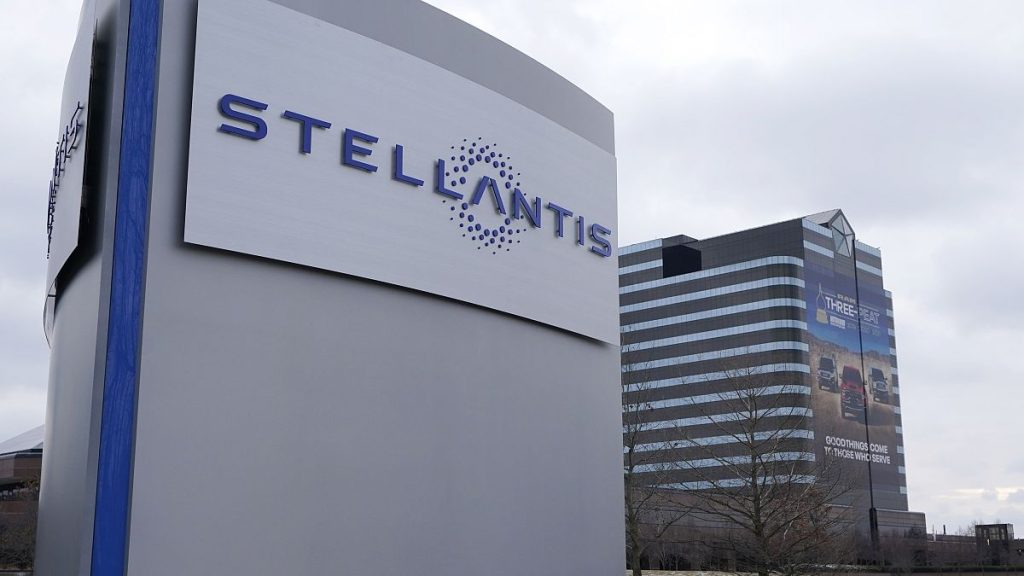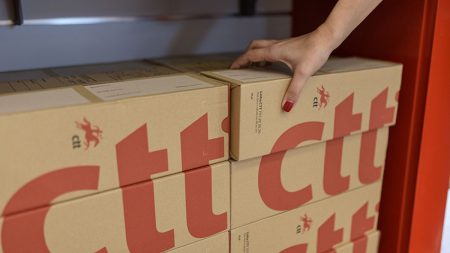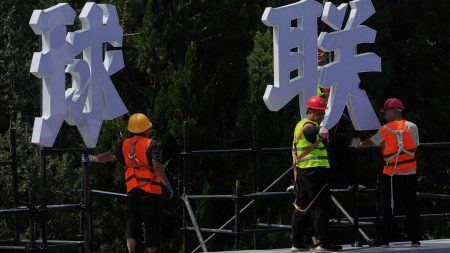Stellantis, the global automotive giant born from the merger of Peugeot and Fiat Chrysler, has unveiled a significant investment strategy focused on bolstering its presence and market share within the United States. This multi-billion dollar commitment, exceeding $5 billion, signals a renewed emphasis on American manufacturing, job creation, and technological innovation within the automotive sector. The decision follows a meeting between Stellantis Chairman John Elkann and then-President-elect Donald Trump, suggesting a strategic alignment with the incoming administration’s focus on revitalizing the American auto industry. This move aims to capitalize on the anticipated positive economic impact and job growth resulting from a supportive political environment.
The investment plan encompasses a wide range of initiatives across multiple Stellantis brands and manufacturing facilities. A key component involves the production of a new mid-size pickup truck at the Belvidere, Illinois plant, recalling approximately 1,500 United Auto Workers (UAW) union members back to work. This strategic decision demonstrates a commitment to expanding Stellantis’ truck offerings, a highly competitive segment within the US automotive market. Furthermore, the company will proceed with the next-generation Dodge Durango’s development and production at its Detroit assembly complex in Michigan, reinforcing its dedication to maintaining and expanding its SUV lineup, another crucial segment in the American market.
Beyond new model introductions, Stellantis is investing heavily in upgrading existing facilities and product lines. Significant resources will be allocated to enhance the Jeep Gladiator and Jeep Wrangler models at the Toledo assembly complex, including investments in advanced technologies and key production components. This reinforces the company’s commitment to its iconic Jeep brand, a cornerstone of its US portfolio. Furthermore, the Kokomo, Indiana operations will benefit from investments to manufacture the GMET4 EVO engine, highlighting a focus on powertrain development and manufacturing within the US.
This comprehensive investment strategy by Stellantis is expected to set a precedent, potentially influencing other automotive manufacturers to increase their US investments. The move comes at a critical juncture for the global auto industry, marked by increasing competition, particularly from Chinese manufacturers offering competitively priced vehicles with advanced features and modern designs. Furthermore, the industry faces fluctuating market demands, particularly for electric vehicles in Europe, adding further complexity to the competitive landscape. By investing heavily in the US, Stellantis aims to fortify its position in a key market, potentially mitigating risks associated with global market volatility.
The timing of Stellantis’ investment announcement coincides with a period of uncertainty regarding international trade policies. Former President Trump’s threats of imposing tariffs on imported vehicles from the EU, China, Canada, and Mexico created a climate of apprehension within the automotive industry. The possibility of a global tariff war presented significant challenges for manufacturers with internationally distributed operations, like Stellantis, which has production facilities in both Canada and Mexico. The company’s diverse product portfolio, encompassing hybrid, internal combustion, and electric vehicles, potentially provides a degree of flexibility to navigate the evolving policy landscape.
Stellantis’ strategic focus on the US market reflects a broader trend within the automotive industry, where manufacturers are seeking to optimize their operations and secure their positions in key markets amidst growing competition and evolving trade policies. While other European carmakers, such as Volvo and Volkswagen, might face heightened vulnerability to potential trade disputes, Stellantis’ significant US investment could provide a degree of insulation against market fluctuations and policy changes. The company’s commitment to American manufacturing, job creation, and technological innovation positions it to navigate the challenges and capitalize on the opportunities presented by the evolving automotive landscape. This move demonstrates a proactive approach to solidifying its presence in a crucial market, potentially influencing the future trajectory of the global automotive industry.














